BHG - If tourism is the "door" that brings Ha Giang to the world, creating opportunities for exchange and development, then endemic agriculture is the "root" that preserves the unique identity of the northernmost border region. Thanks to the province's new thinking and creative ways, the quintessential products from the mountains and forests not only help people increase their income but also gradually affirm their position in the market.
Creating a typical agricultural belt...
With more than 80% of the population living in rural areas, Ha Giang province has formed a stable agricultural production. However, the great potential from the land and special climate has not been effectively exploited to create differentiated and highly competitive products. Many local specialties, although present in the market, have weak brands and inadequate economic value. The main reasons come from "bottlenecks" such as: Unsystematic planning of production areas, slow thinking about commodity production, low farming skills, limited application of science and technology and lack of strong enough investment policies to create breakthroughs.
 |
| People of Nam Ty commune (Hoang Su Phi) preserve and effectively exploit ancient Shan Tuyet tea. Photo: Thu Phuong |
From that reality, the 17th Provincial Party Congress, term 2020 - 2025, identified a strategic breakthrough: Developing typical commodity agriculture according to the value chain associated with tourism . This is a strong shift from fragmented production to modern agricultural economic thinking. To concretize this policy, on October 10, 2021, the Provincial Party Committee issued Resolution 17, focusing on exploiting the advantages of each sub-region, investing in developing 5 key crops (temperate fruit trees, Shan Tuyet tea, medicinal herbs, specialty rice, Buckwheat) and 3 typical livestock (Golden cow, Black pig, Mint bee), aiming to build a brand, forming a smart and sustainable agricultural economic ecosystem.
With high political determination and the synchronous participation of all levels and sectors, many indigenous crops and livestock have been systematically invested in, forming a clear commodity material area. Particularly for the temperate fruit tree group, the province has proactively produced high-quality varieties from parent trees, creating a long step forward in the value chain. Up to now, 500 persimmon trees, 41,000 pear trees, and 9,000 plum trees have been successfully propagated. Along with that, in 4 districts of Dong Van Stone Plateau and 2 western districts of Hoang Su Phi and Xin Man, the area of concentrated material areas has been expanded with more than 690 hectares of seedless persimmons (newly planted 3.5 hectares), 630 hectares of Blood plums (newly planted 50 hectares) and nearly 1,100 hectares of pears (newly planted 55 hectares).
In addition to temperate fruit trees, Shan Tuyet tea with its unique flavor and rich culture has become the "green gold" of Ha Giang mountains and forests. Currently, the whole province has nearly 14,000 hectares of Shan Tuyet tea in 43 communes of 6 districts, bringing in a production value of over 760 billion VND per year. In particular, the whole province also has 1,324 ancient tea trees recognized as Vietnam Heritage Trees, distributed at an altitude of over 600m, affirming the heritage value and potential for developing unique agricultural tourism products.
Not stopping at the above results, the whole province has more than 30,000 hectares of precious medicinal herbs such as: Amomum, Angelica, Cinnamon, Star Anise, Turmeric, Ginger, Cardamom - considered as "treasures" under the forest canopy. Vi Xuyen Cardamom alone has been granted geographical indication, affirming its value and brand in the market. More impressively, the active participation of Golden Lotus Medicinal Herbs Joint Stock Company and Mac Minh Nam Duoc Cooperative has contributed to forming a closed chain from cultivation to deep processing, opening up a sustainable direction for the medicinal herbs industry.
On the majestic terraced fields, high-quality specialty rice is grown stably in the two districts of Hoang Su Phi and Xin Man with an area of nearly 7,000 hectares. The average rice yield reaches 57.3 quintals/ha, the total rice output of the whole region exceeds the 40,000 tons mark with selling prices ranging from 28,000 to 45,000 VND/kg. Precious rice varieties such as Gia Dui, Nep Quang Nguyen, and Red Rice are produced organically, gradually increasing the value of agricultural products and affirming the brand of specialty rice in the highlands. In the four districts of the Dong Van Stone Plateau, more than 500 hectares of buckwheat not only provide food but are also a tourist highlight with the annual Buckwheat Flower Festival, bringing in a production value of nearly 10 billion VND per year.
Not only endemic crops, the 4 districts of Dong Van Stone Plateau also possess valuable indigenous livestock genetic resources. In particular, the total herd of Vang cows exceeds 105,000, fresh meat and dried beef products have become attractive specialties serving culinary tourism. Black pigs with firm, delicious meat are developing strongly, with a total herd of over 160,000, an output of over 5,300 tons, and a production value of nearly 564 billion VND. In addition, with the advantage of good growth of Mint trees, the whole region has formed a beekeeping profession to collect honey from Mint flowers, with a scale of up to more than 49,000 beehives. Sweet, fragrant, golden Mint honey has become a famous specialty unique to Ha Giang.
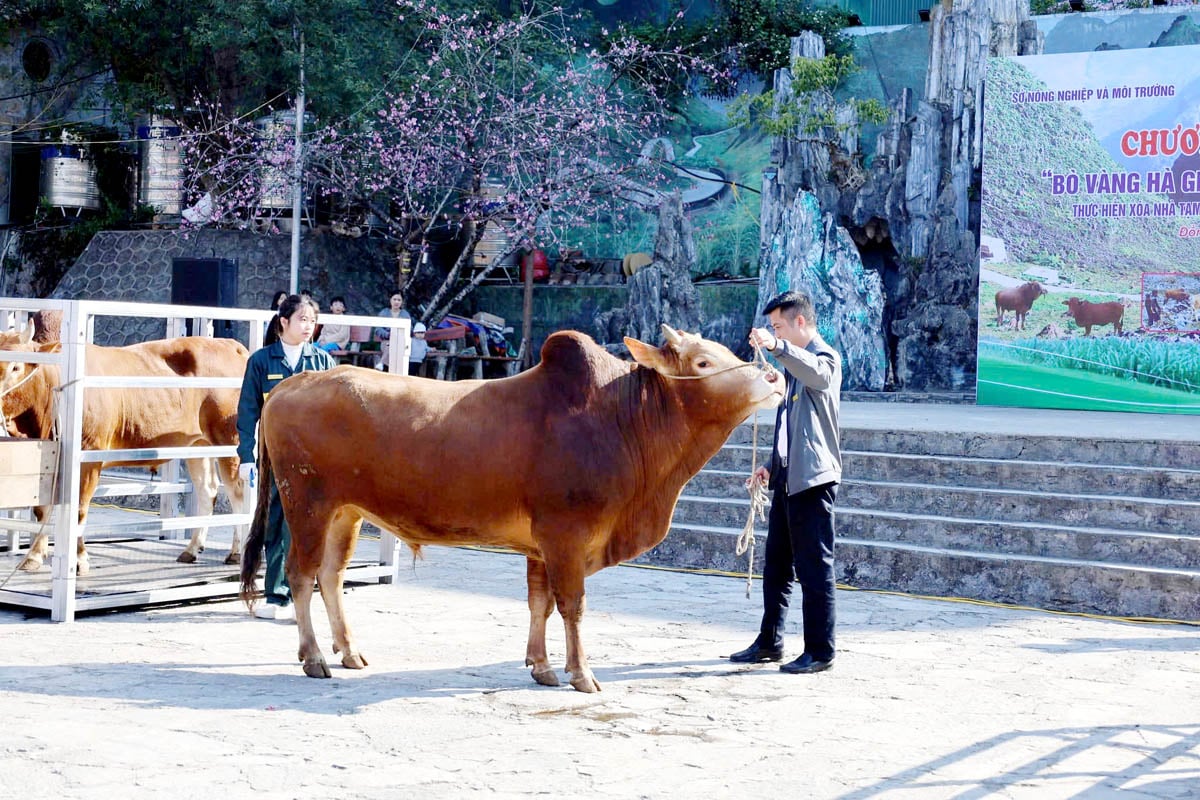 |
| The Department of Agriculture and Environment coordinated with Dong Van district to organize an auction of Ha Giang Golden cows. Photo: PV |
Chairman of Dong Van District People's Committee, Do Quoc Huong shared: Every year, the district deploys the enclosure, care and protection of more than 1,100 hectares of Mint/16 communes and towns. Currently, the whole district has 1 enterprise, 4 cooperatives and 705 households raising bees using traditional methods. In 2024, the whole district will maintain 15,800 bee colonies, producing 50.8 thousand liters of honey, bringing in a production value of more than 25.4 billion VND.
… Creating growth momentum
Currently, the whole province has 201 OCOP products with 3-5 stars, becoming vivid evidence of the efforts to standardize and enhance the value of local agricultural products. Many typical products such as: Shan Tuyet tea, Mint honey, Seedless persimmon, Gia Dui rice, Cardamom and Golden cow have been granted geographical indication certificates. In addition, 3 products including: Yen Minh seedless persimmon, Hoang Su Phi Blood plum, Le Dong Van have been granted collective trademarks, contributing to affirming the position of Ha Giang agricultural products in the market.
With its unique climate and soil, Hoang Su Phi district is known as the "capital" of Shan Tuyet tea with nearly 4,300 hectares producing over 9,000 tons of fresh tea buds per year; of which, over 2,000 hectares meet Vietnamese and European organic standards. After processing, it produces about 1,800 tons of finished tea. Particularly, the tea area in Tung San and Thong Nguyen communes has 105 hectares meeting organic standards with the participation of 215 households associated with Phin Ho Tea Processing Cooperative - the only unit in the province with 2 national 5-star OCOP products. In addition, the whole district has 57 facilities for preliminary processing and processing Shan Tuyet tea with a total output estimated at 13,000 tons per year. Tea products are not only consumed domestically but also exported to China, Taiwan, and Europe. Notably, Viet Shan Tea Company Limited (Nam Ty Commune) has developed 20 lines of high-end tea, supplying the market with more than 20 tons of finished products each year. Notably, from 2020 to now, this enterprise has exported over 5 tons of tea to Germany and France, earning a revenue of more than 12.5 billion VND. To contribute to this success, the enterprise has linked production with more than 200 households in Nam Ty Commune and neighboring communes to form a quality raw material area. Each year, the Company purchases more than 100 tons of fresh tea buds from households at prices ranging from 20,000 to 400,000 VND/kg, depending on the quality and picking method of the tea - Mr. Trieu Van Menh, Director of Viet Shan Tea Company Limited shared.
Not only stopping at creating quality products, the province is forming a sustainable agricultural ecosystem with 246 cooperatives, 85 agricultural cooperatives and 14 enterprises actively participating in the production - processing - consumption chain. The close cooperation between people, cooperatives and enterprises becomes the "key" to expanding production scale, increasing the value of agricultural products, conquering the market, creating sustainable livelihoods for people. With innovative thinking, flexibility in action, promoting the "4-house" linkage model, Xin Man district has become a bright spot in the linkage of agricultural export value chains.
In 2021, Xin Man district cooperated with Vietnam - Misaki Co., Ltd. to pilot 4 hectares of organic radish in Xin Man commune. After 3 months, 120 tons of radish were harvested, with a value of more than 80 million VND/ha, 4 times higher than traditional corn cultivation. This success has opened a new door for Xin Man agricultural products to reach out of home gardens and conquer the Japanese market. In order to ensure that the link is not broken, in 2022, Xin Man - Misaki Agricultural Cooperative (Nan Ma commune) was officially established, becoming a "satellite" of Vietnam - Misaki Co., Ltd. From here, an ecosystem of production, preliminary processing, and consumption of agricultural products was formed, creating jobs for 20 - 35 local workers with an average income of 7 million VND/person/month. Not stopping there, the Cooperative also purchased all radish products with a total area of 7 hectares of 18 households in the linked area at a price of 2,000 VND/kg, helping households earn from 120 - 200 million VND/2 crops/year. In addition to radish, the Cooperative also cooperated with 60 households to grow nearly 20 hectares of Buffalo ginger and Kieu tubers to ensure export standards. To date, the Cooperative has officially exported to the Japanese market more than 540 tons of radish, 70 tons of Kieu tubers, 120 tons of salted Buffalo ginger with a total export value of over 13 billion VND.
The above positive results have significantly contributed to promoting the growth of the agricultural sector. In 2020, the agricultural sector contributed up to 31.68% of the province's GRDP, continuing to affirm its role as a solid pillar of the economy. Four years later, despite having to "bear" more than 20 natural disasters, the agricultural, forestry and fishery sector still maintained a positive growth momentum, reaching 3.91% (equivalent to nearly 5,150 billion VND), contributing 1.16 percentage points to the 6.05% economic growth rate of the whole province. In particular, the agricultural sector increased impressively by 3.83%, with the average value of cultivated products reaching 63 million VND/ha of cultivated land; the proportion of livestock increased to 36.14%, 3.34% higher than in 2023.
It can be affirmed that developing agricultural products with specific characteristics according to the value chain not only creates livelihoods for people, increases income but also contributes significantly to restructuring the agricultural sector. Thereby, creating a premise to realize the province's strategic goal in developing high-quality agricultural products associated with tourism, turning indigenous values into new competitive advantages.
-----------------
Final episode: When agriculture "goes on tour"
PV Group
Source: https://baohagiang.vn/van-hoa/202505/du-lich-vuon-tam-nong-nghiep-nang-chat-ky-2-nang-tam-dac-san-kien-tao-chuoi-gia-tri-a161050/


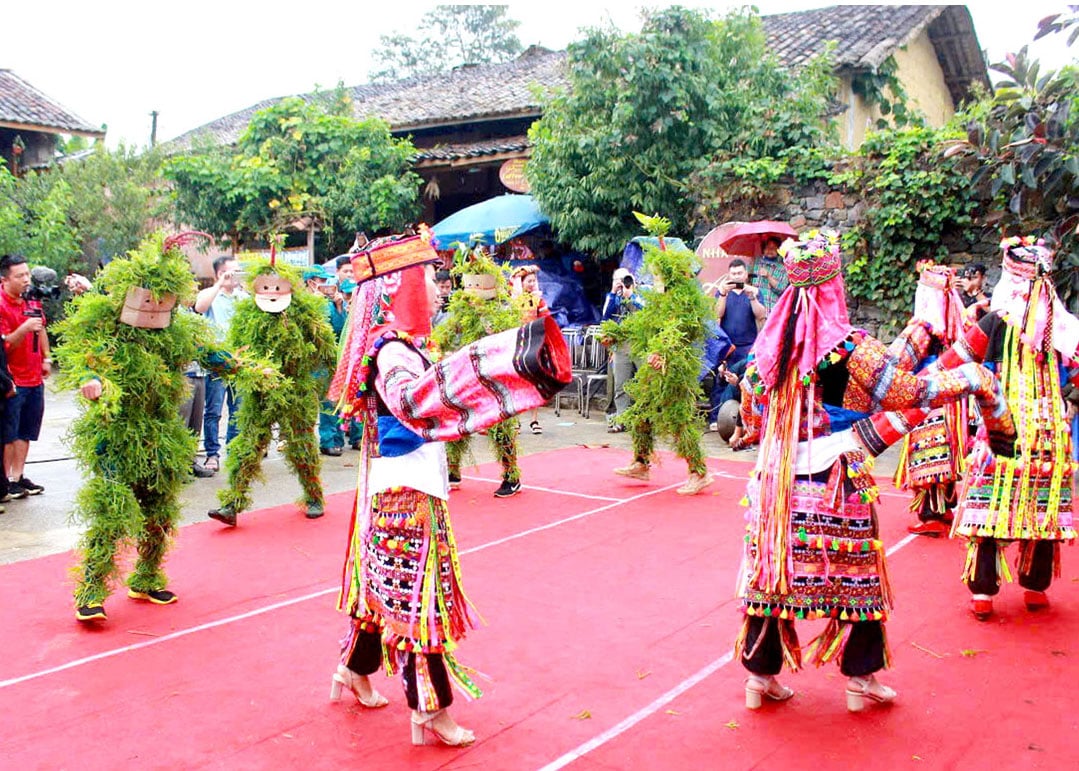

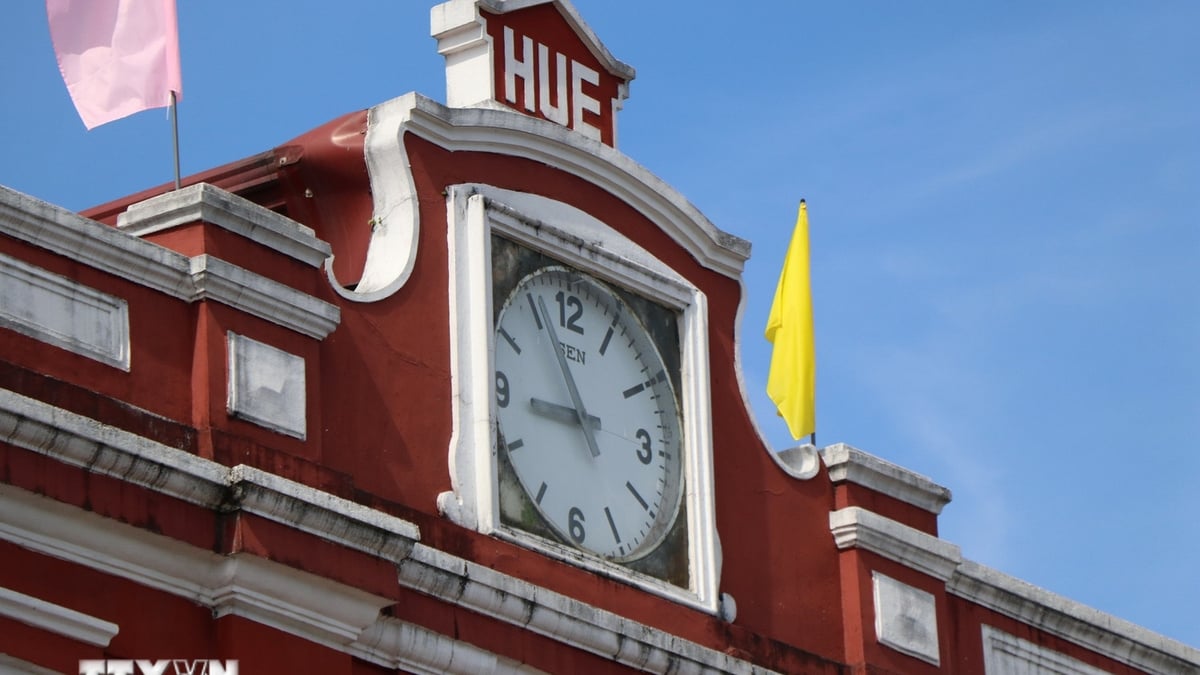
![[Photo] Festival of accompanying young workers in 2025](https://vphoto.vietnam.vn/thumb/1200x675/vietnam/resource/IMAGE/2025/5/25/7bae0f5204ca48ae833ab14d7290dbc3)
![[Photo] The coffin of former President Tran Duc Luong arrives in Quang Ngai](https://vphoto.vietnam.vn/thumb/1200x675/vietnam/resource/IMAGE/2025/5/25/1f1aca0d92ab47deae07934e749b35e6)
![[Photo] Welcoming ceremony for Prime Minister Pham Minh Chinh and his wife on an official visit to Malaysia](https://vphoto.vietnam.vn/thumb/1200x675/vietnam/resource/IMAGE/2025/5/25/dc30203c3ae24da3990266ec3b29bb2d)





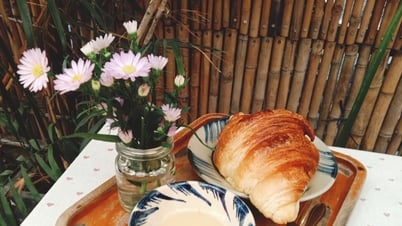

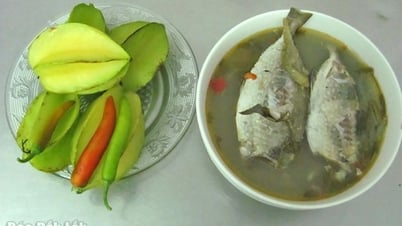

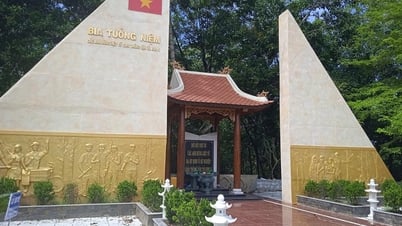
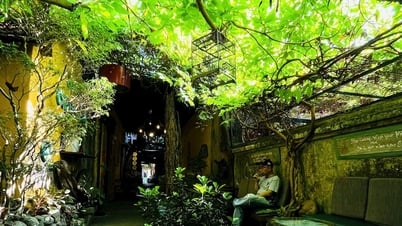




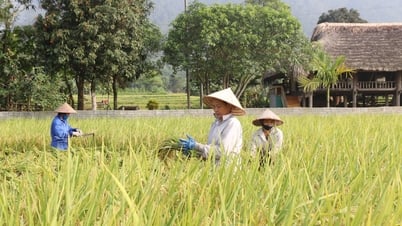
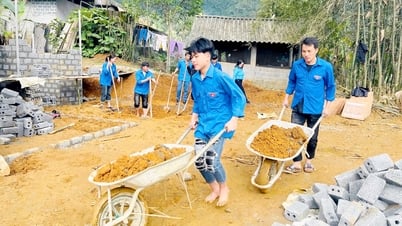
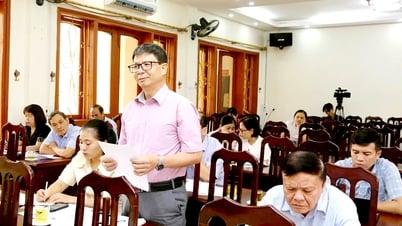
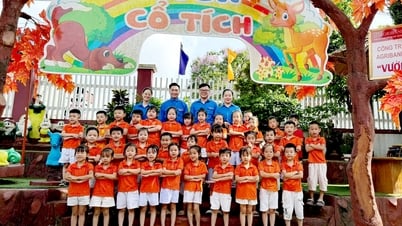
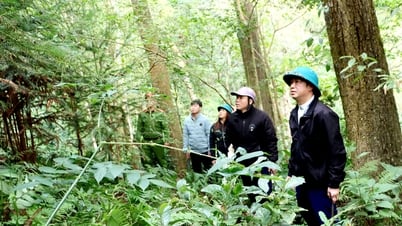
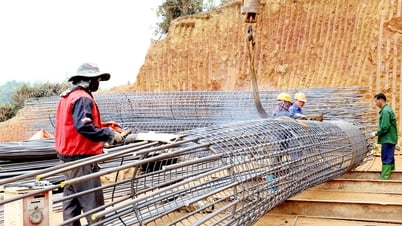










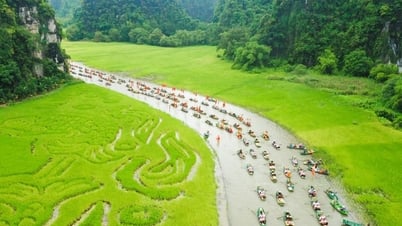



















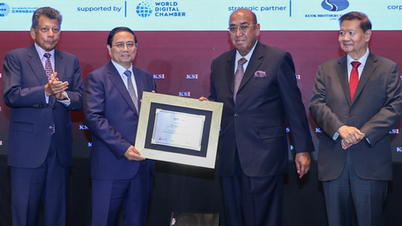

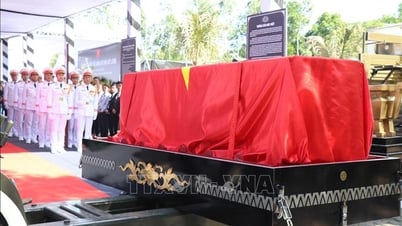












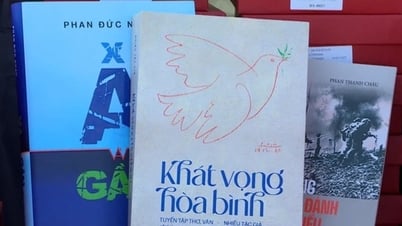
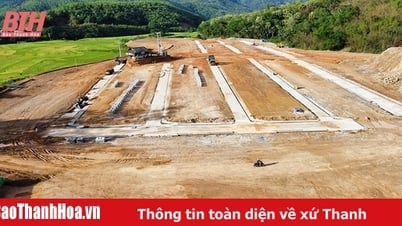

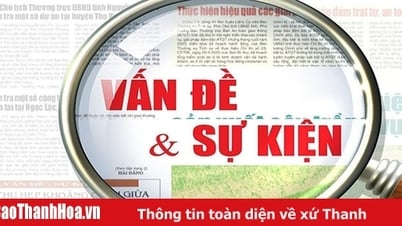
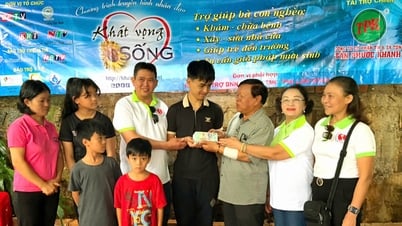

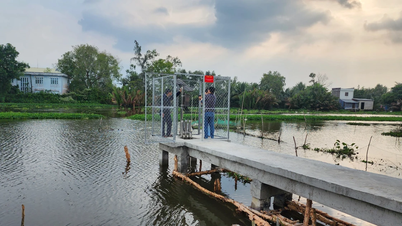

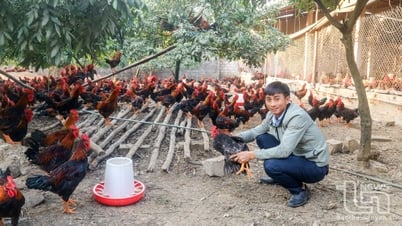







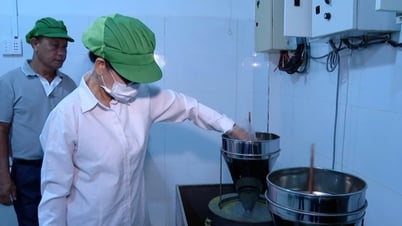





Comment (0)